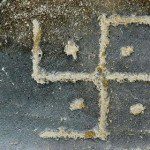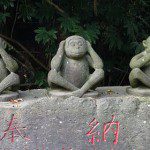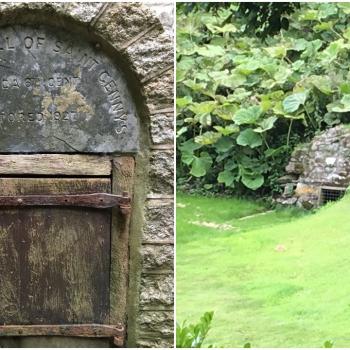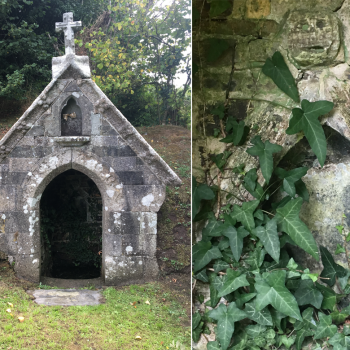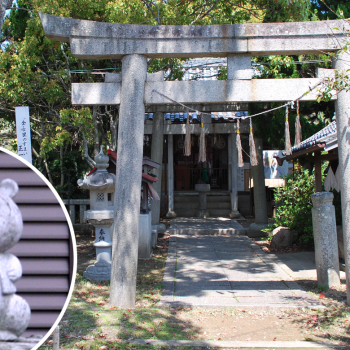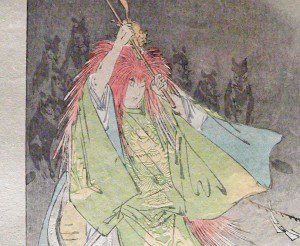
3. Inari is not actually a fox. Probably.
Although the fox (especially a white fox) is one of the most common images associated with Inari, Shinto priests are usually keen to stress that Inari is not actually a fox. Foxes should be considered Inari’s messengers, rather than Inari Herself. Why Inari is closely associated with foxes is not clear, but my favourite theory is that it is because foxes would have been a welcome sight for rice farmers of old, as they would have kept pests like mice away from the fields. Foxes would have been seen as defenders of the sacred and life-giving grain, and therefore sacred beings themselves.
So how is Inari depicted? In art or in descriptions of visions and dreams in which He appears, Inari has been perceived as an old man, a young woman similar to the Buddhist deity Dakiniten (with whom Inari is often identified), a dragon, a snake, or even something as abstract as a flaming jewel. But despite all this, the fox remains Inari’s most enduring symbol, and the image that most people in Japan have in their mind when they hear the word “Inari.” It could be that priests discourage the idea that Inari is a fox because foxes usually have a negative image in modern Japan, where they are considered sinister tricksters and shape-shifters that bring misfortune and madness. I have to admit that I myself am fond of foxes, and when I prayer to Inari, I find myself visualising a white fox more than any other image.

